Meanwhile, Shenyang and Dalian authorities provided details about local superspreaders who had spread the virus to dozens of others.
Locals told The Epoch Times that they knew of cases that their local governments didn’t announce, leading them to suspect that authorities have been covering up the outbreak.
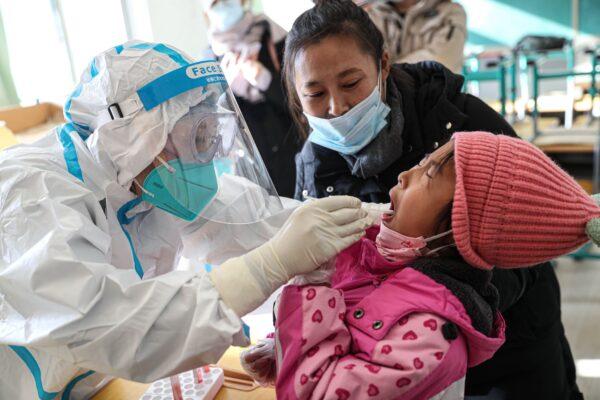
Superspreaders
Over the weekend, authorities announced more cases in Heihe of Heilongjiang Province; Dalian and Shenyang cities in Liaoning Province; Beijing; and Shijiazhuang in Hebei Province.According to Shenyang authorities, all who were infected in this latest wave had contact with a woman surnamed Yin, who arrived in Shenyang from South Korea on Nov. 29, 2020.
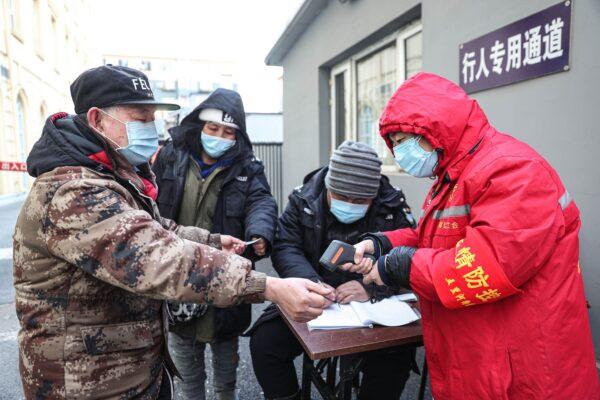
In Dalian, a 34-year-old patient surnamed Jin spread the virus to at least 33 others, according to local health officials.
At a press conference on Jan. 3, Zhao Lian, vice director of the Dalian health commission, said that Jin operates a clothing booth inside a local mall and contracted the disease at the venue.
Jin participated in a family gathering after experiencing symptoms and spread the virus to 10 of the 11 family members who were there.
Beijing authorities said the latest diagnosis was an 8-month-old infant. The child’s mother and grandmother had tested positive on Dec. 31.
But most of the cases authorities have disclosed in past days are related to a 31-year-old woman who was diagnosed on Dec. 24, 2020.
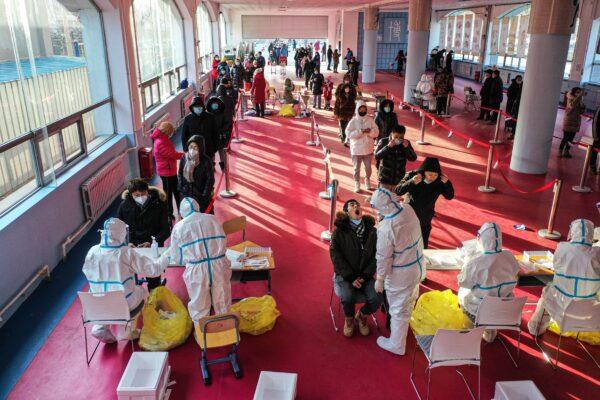
Unreported Cases
Ms. Li from Beijing told the Chinese-language Epoch Times that the outbreak in Beijing was far worse than officials have announced, noting that she heard of more diagnosed patients found in Shunyi and Chaoyang districts.“A lot of people have been infected with the virus in Beijing, and the government doesn’t dare to report any details,” Li said.
She said authorities don’t want to reveal the real scale of the outbreak, which could damage their image, but they issued strict lockdown policies in order to stop the outbreak and save their reputation.
Li also questioned officials’ narrative that many of the infections were people who recently traveled overseas.
“I wonder why these people were healthy when they were outside of China, but they were infected after they came to China?” Li said.
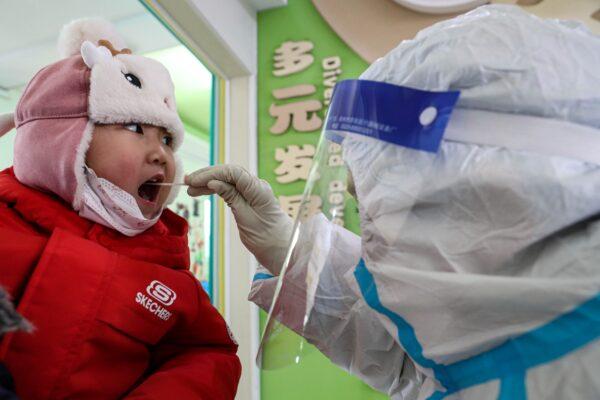
“We heard that a university student from another city came back to Jinzhou with a negative nucleic acid test and without any symptoms. But after he came here, he tested positive for COVID-19,” Ming said.
The Epoch Times couldn’t verify the infection Ming mentioned, but checked with other students, who confirmed that the college was fully locked down and nobody knew when students could go back home for the winter break.
However, Nangong authorities didn’t announce any infections.
That day, Shijiazhuang in Hebei also confirmed a new patient, but the National Health Commission didn’t announce the two diagnosed cases in Hebei.
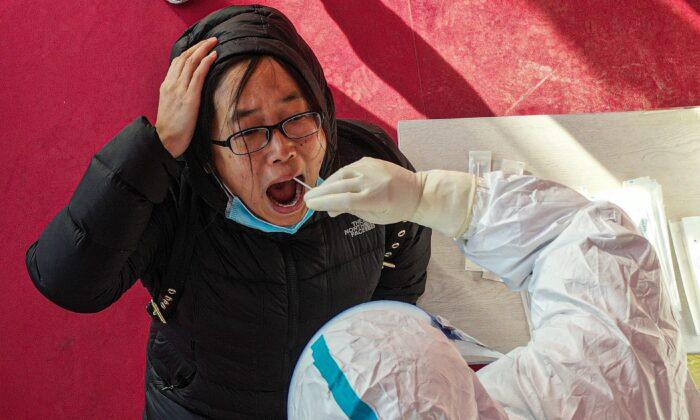

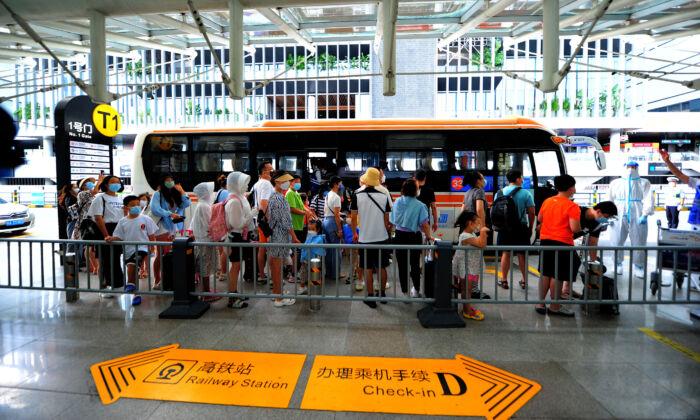
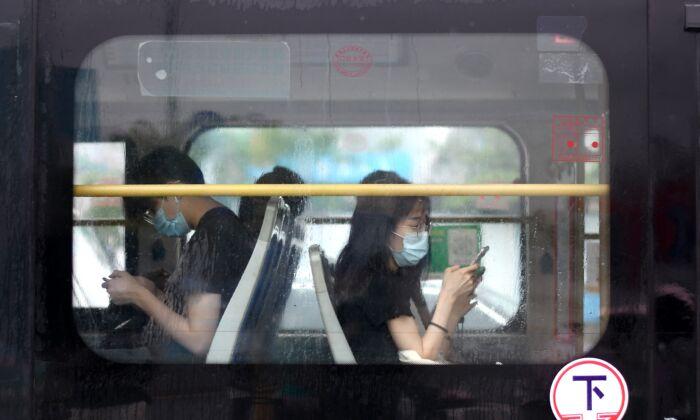


Friends Read Free